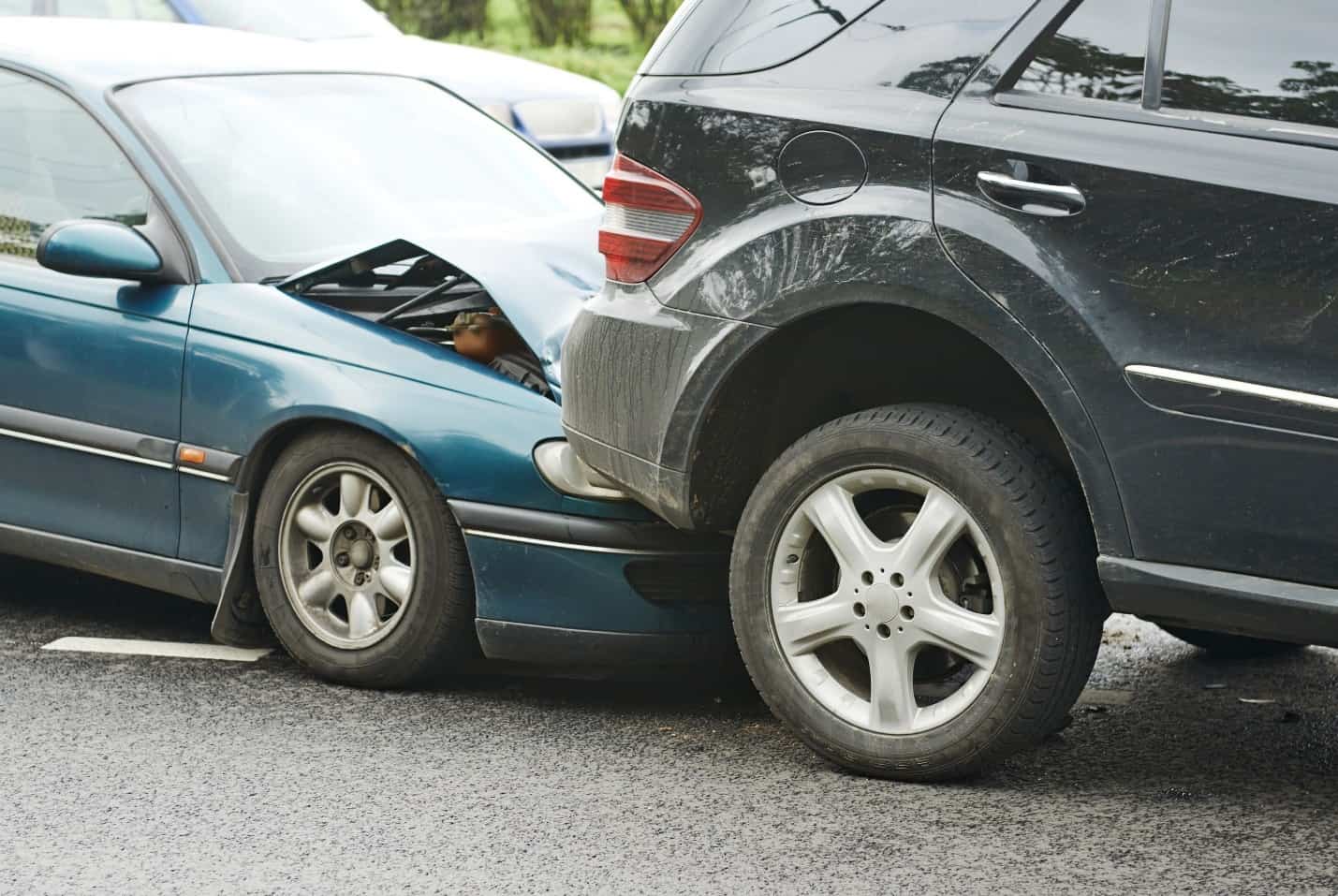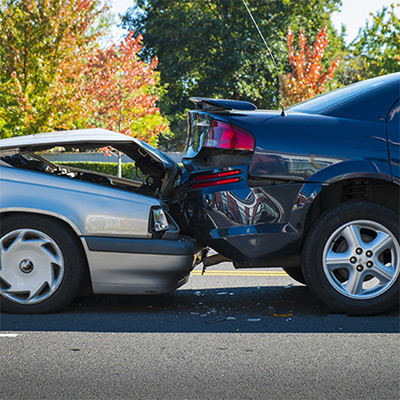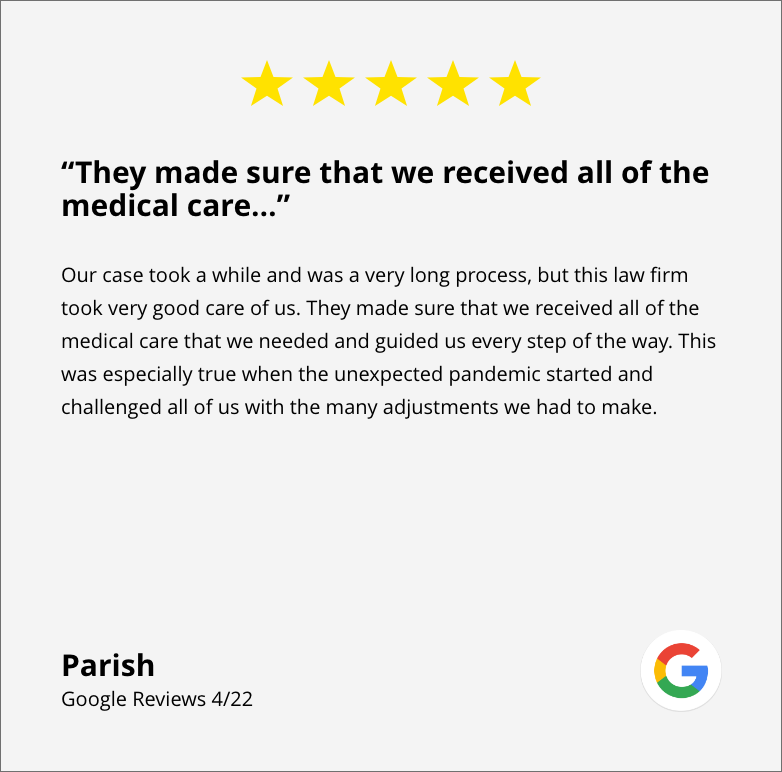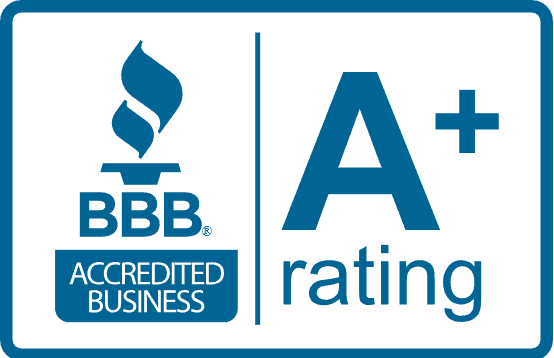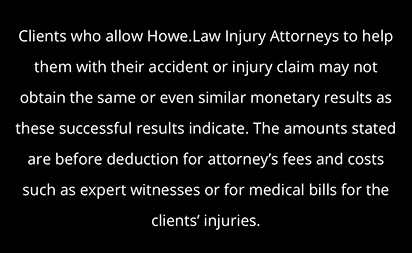
Georgia’s highways are crucial in connecting communities, facilitating commerce, and providing transportation options for residents.
However, certain stretches of these highways have gained notoriety for their dangerous conditions. Studies have shown Interstate 20 is one of the most dangerous highway in America, with an alarming rate of 13.52 fatalities per every 100 miles.
This article delves into the factors behind highway danger, examines specific perilous highways in Georgia, reviews safety measures in place, and assesses the broader human costs associated with highway accidents.
Understanding the Factors Behind Highway Danger
Highway safety is influenced by many factors, ranging from road design to driver behavior and environmental conditions.
Understanding these elements is crucial for identifying and addressing the dangers present on Georgia’s roads. Organizations dedicated to advocating for safer roads and supporting those affected by accidents play a key role in addressing these challenges.
Various factors contribute to risky driving conditions, including traffic volume, weather conditions, and road design.
The Role of Traffic Volume
One primary contributor to highway danger is traffic volume. As vehicles on the road increase, the likelihood of collisions rises significantly. Georgia’s highways often experience heavy congestion during peak travel times, leading to increased stress on drivers and a higher chance of accidents.
Traffic volume and urban sprawl in cities like Atlanta have resulted in complex driving environments. Merging lanes, sudden stops, and traffic build-up can create perilous situations, especially for inexperienced drivers.
Furthermore, large trucks and commercial vehicles add another layer of complexity. These vehicles require more time and distance to stop, increasing the risk of rear-end collisions in congested conditions.
Impact of Weather Conditions
Weather conditions are another critical factor impacting highway safety. Georgia’s diverse climate brings various weather challenges, including rain, fog, and occasional ice. These conditions can reduce visibility and make roads slick, making it difficult for drivers to maintain control of their vehicles.
In particular, heavy rainstorms can lead to hydroplaning, where vehicles lose traction and slide uncontrollably on wet surfaces. Additionally, foggy conditions can create an illusion of distance, causing drivers to misjudge their speed or the distance of oncoming vehicles, leading to accidents.
Drivers often underestimate the dangers of inclement weather, which can lead to risky behaviors such as speeding or tailgating, further exacerbating the potential for accidents.
Influence of Road Design and Maintenance
The design and maintenance of highways play a significant role in their safety. Well-designed highways incorporate features that minimize risk, such as adequate signage, lane markings, and responsible engineering.
However, many roads suffer from poor maintenance, leading to potholes, faded lines, and unclear signage.
Georgia has made substantial investments in improving road conditions in some areas, but other regions remain in disrepair. User-friendly road layouts can decrease confusion and improve traffic flow, ultimately contributing to safer driving experiences.
Moreover, implementing modern safety features, such as rumble strips and roundabouts, can significantly reduce the likelihood of accidents by alerting drivers to potential hazards and encouraging safer driving behaviors.
As urban areas continue to grow, the ongoing assessment and enhancement of road infrastructure will be essential to ensure the safety of all road users.
A Closer Look at Georgia’s Highways

Now that we better understand the contributing factors to highway danger, we can zero in on specific Georgia roads notorious for high accident rates. Notable highways include I-285, US-1, and SR-11, each presenting unique challenges for drivers.
The Perilous I-285
I-285, often referred to as ‘The Perimeter,’ surrounds Atlanta and is one of the busiest highways in the state. Local and through traffic accelerate congestion on this beltway, resulting in frequent accidents.
Drivers navigating I-285 must contend with complex interchanges and a high volume of merging traffic, heightening the potential for collisions. The stress of driving on such a busy roadway can lead to aggressive driving behaviors, further amplifying the risks.
Moreover, the frequent construction projects and maintenance work along I-285 can create unexpected bottlenecks, forcing drivers to adapt quickly to changing conditions. This unpredictability can lead to frustration and impatience, increasing the likelihood of reckless maneuvers compromising safety.
The Risky US-1
US-1 runs through Georgia and connects various cities from the coastal areas to the northern parts of the state. This highway is known for its high traffic volume, especially in tourist-heavy regions.
The combination of commercial vehicles, local traffic, and tourists unfamiliar with the area creates a hazardous driving environment.
Many stretches of US-1 lack sufficient safety barriers and visibility, contributing to a considerable number of accidents. Additionally, the scenic views along US-1 can distract drivers, leading to a lapse in attention.
The presence of roadside attractions and dining options can also encourage sudden stops or lane changes, which can be particularly dangerous when combined with the high speeds at which many vehicles travel.
The Treacherous SR-11
SR-11 is another highway recognized for its treacherous conditions. The road traverses rural areas and is often subjected to reckless driving, particularly on weekends when recreational activities peak.
Additionally, SR-11’s winding nature and lack of adequate lighting at night pose significant risks. Drivers may misjudge the sharp curves, leading to rollovers or head-on collisions. The rural setting also means that emergency response times can be significantly delayed, exacerbating the consequences of accidents.
Furthermore, wildlife crossing the road adds another layer of danger. Drivers may not be prepared for sudden encounters with deer or other animals, especially at dawn and dusk, when they are most active. Awareness and caution are paramount for anyone traveling this perilous route.
Safety Measures on Georgia’s Highways
In response to the alarming rates of highway accidents, Georgia has enacted several safety measures to mitigate risks and improve roadway conditions. Efforts are focused on law enforcement, infrastructure enhancements, and community education initiatives.
Law Enforcement Efforts
Increased law enforcement presence on highways has effectively reduced dangerous driving behavior. This includes enforcing speed limits, targeting distracted driving, and conducting sobriety checkpoints.
Strategic deployment of patrol units during peak traffic hours also helps manage congestion and provide immediate assistance in case of accidents. Collaboration with local law enforcement agencies also ensures a unified approach to highway safety, allowing for more comprehensive monitoring and quicker response times to incidents.
The use of technology, such as body cameras and dashboard cameras, further enhances accountability and transparency in law enforcement practices, fostering trust within the community.
Infrastructure Improvements
Georgia’s Department of Transportation has continuously improved the infrastructure of its highways. Upgrades include refurbishing existing roads, creating additional lanes, and enhancing safety features.
Furthermore, new technologies such as traffic signal systems and real-time traffic updates help manage traffic flow and alert drivers to hazardous conditions.
Implementing smart highway systems that utilize sensors and cameras to gather data on traffic patterns allows for more efficient traffic management and reduces the likelihood of accidents.
Moreover, the addition of well-placed signage and improved lighting at critical junctions enhances visibility and guides drivers safely through complex intersections.
Driver Education and Awareness Campaigns
Education plays a pivotal role in promoting road safety. Various campaigns aim to raise awareness about the dangers of reckless driving, the significance of wearing seat belts, and the importance of adhering to traffic laws.
Programs designed for young drivers, such as defensive driving courses, provide essential skills and knowledge for navigating Georgia’s highways safely. Increasing public awareness about the consequences of highway accidents is crucial for fostering a culture of safety.
Community workshops and school programs engage families and young drivers alike, emphasizing the importance of responsible driving behaviors. Additionally, partnerships with local businesses and organizations help amplify these messages, creating a widespread support network for safe driving initiatives.
Engaging storytelling through social media platforms also plays a vital role in reaching a broader audience, making the conversation about highway safety more relatable and impactful.
The Human Cost of Highway Accidents
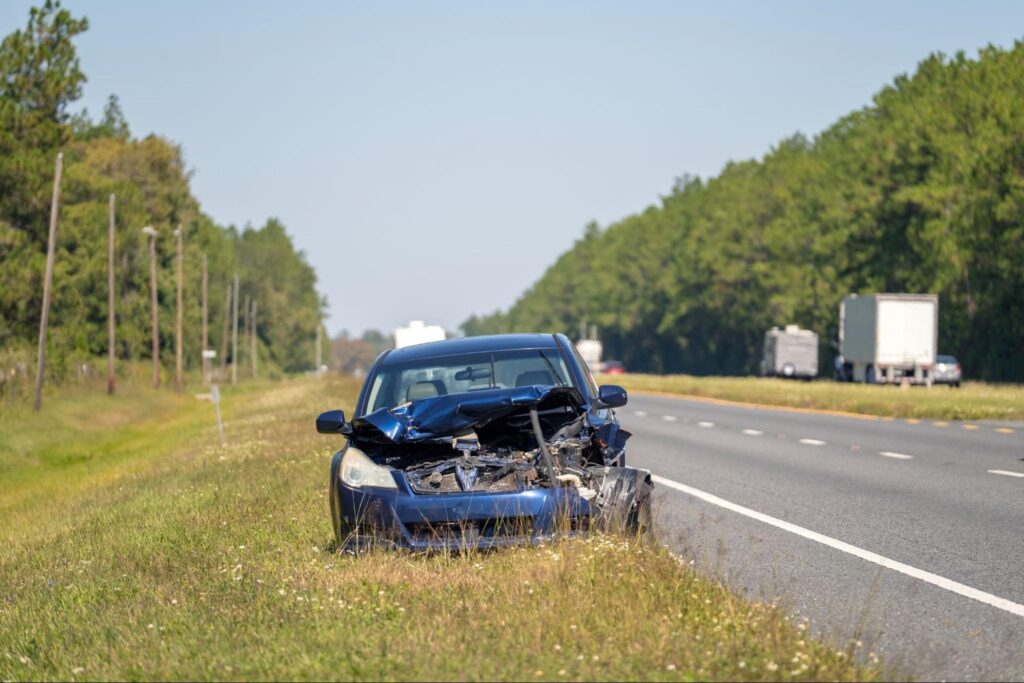
The impact of highway accidents extends far beyond physical injuries; it inflicts emotional and financial costs on victims, families, and society as a whole. Understanding this human cost underscores the importance of ongoing safety initiatives.
Fatalities and Injuries Statistics
Georgia continues to grapple with high rates of fatalities and injuries on its highways. According to recent statistics, thousands of accidents occur annually, leading to significant loss of life and debilitating injuries.
These statistics highlight the urgent need for improved safety measures and ongoing public education campaigns to raise awareness about safe driving practices.
Additionally, the demographic breakdown of these accidents reveals troubling trends, with younger drivers often being overrepresented in crash statistics.
This points to a critical need for targeted educational programs that focus on the unique challenges faced by novice drivers, including distractions from technology and peer pressure.
Emotional Toll on Victims and Families
The emotional ramifications for victims of highway accidents are profound. Survivors may face long-term psychological impacts, including depression, anxiety, and post-traumatic stress disorder (PTSD).
Furthermore, families of victims often bear heavy emotional burdens, experiencing grief, loss, and trauma that can last for years. The ripple effects of these accidents can alter the course of lives and communities.
Support networks, such as counseling services and support groups, are crucial in helping survivors and families navigate their grief and trauma.
Community outreach programs can foster a sense of solidarity and provide essential resources for those affected, emphasizing the importance of collective healing after tragedies.
Economic Impact of Highway Accidents
Beyond emotional tolls, highway accidents impose significant economic costs on society. These include medical expenses, rehabilitation costs, lost wages, and increased insurance premiums.
Insurance companies, medical facilities, and local economies also suffer from the financial implications of highway accidents, which can amount to millions of dollars annually.
Tackling highway safety is a humanitarian issue and an economic necessity. The burden on taxpayers can also increase, as public resources are often allocated to emergency services and road repairs following accidents.
Conclusion
Georgia’s highways are vital for transportation but also come with significant risks. Addressing factors like traffic volume, weather, road design, and improved enforcement and driver education can make these roads safer for everyone. Every measure we take, from raising awareness to enhancing infrastructure, helps prevent accidents and protect lives.
If you or a loved one has been affected by a highway accident, don’t face the challenges alone. Call 888-559-7033 for a free consultation available 24/7, or visit Howe Law to get the support and compensation you deserve.
Related Articles

